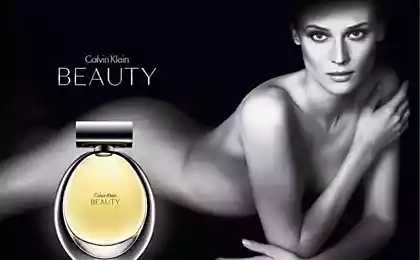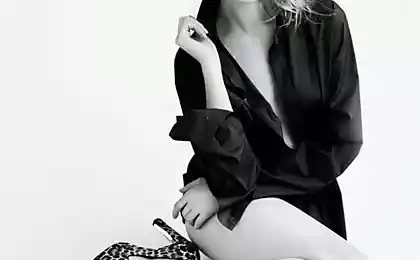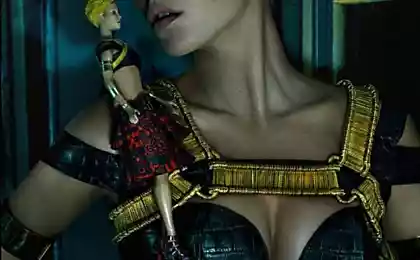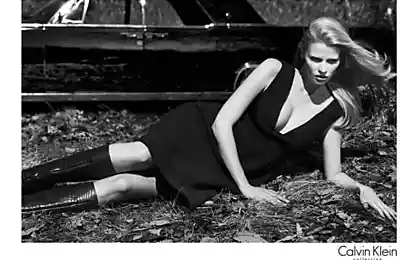1393
Neither boys nor girls
Unisex - style, come to us in the 60s, during the sexual revolution. He was not created specifically for any particular purpose, it simply reflected the general mood of the time.

It was a reflection of a certain ideology, which consists in thinking that the man and woman have more similarities than differences.


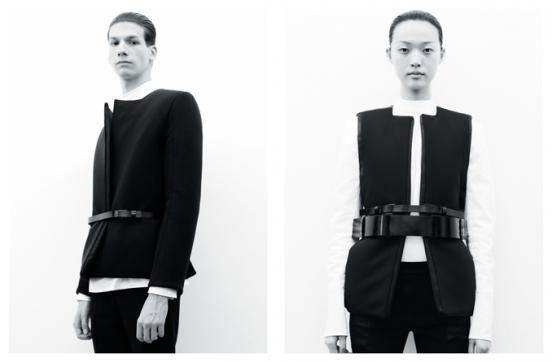
Women were able to win the right to wear pants and hats men's cut. It was not just a fashion trend, it was an indicator of the desire of women to become equal to men, as well as the development of male professions.
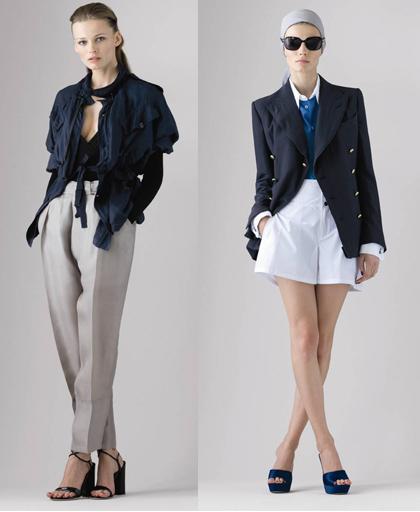

In the 70's in the wardrobe of a woman appears male business suit, but with a softer cut and feminine lines - Celebrity Style businesswoman.
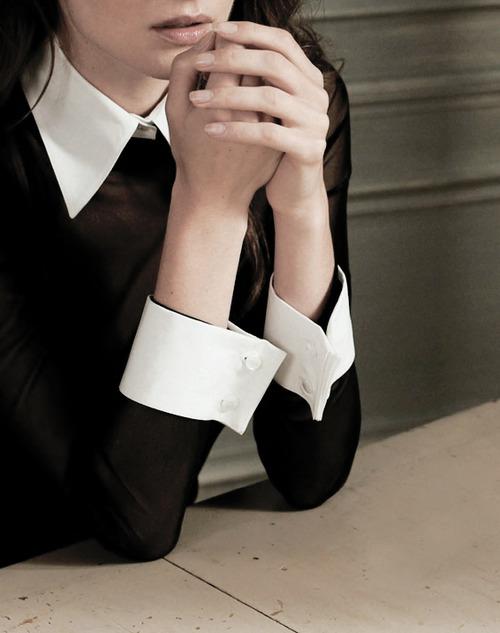

At the same time the ideal of feminine beauty was a skinny teenage girl with a flat chest hair and a boy (top model Twiggy).



The first clothes that meet the requirements of both sexes, was released on Calvin Klein, which was a male model muse Kate Moss.


With unisex linked such big names like Rudy Gernreyh, who made a great contribution to the formation of a line of sportswear; Coco Chanel, who became its pioneer, give a woman in a sailor-style blouses and knitwear.
In the 90s began to appear on the catwalks of men dressed in transparent shirts and tight jeans, with long hair, arranged in an intricate hairstyles, as well as women, close-cropped, baggy trousers and shirts.
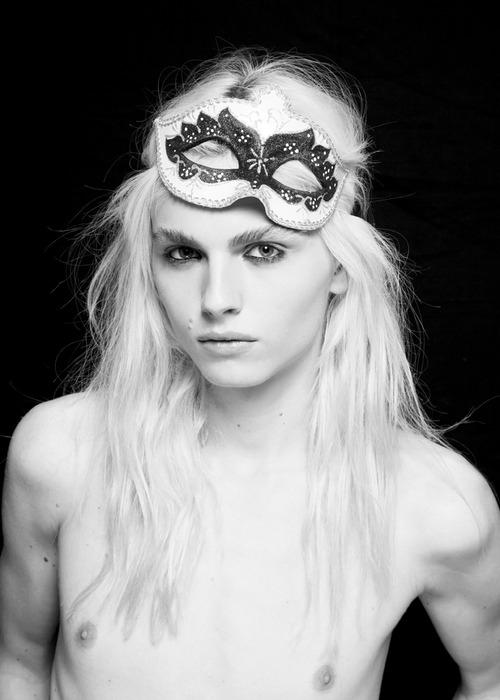


Unisex involves a number of key features:
1) Dressing room does not depend on sex, there are a lot of universal things - jeans, huge sweaters, shirts - which are equally suitable for both men and women.
2) Men and women borrow from each other certain features. Because of this confusion, and formed the image that is called unisex.
3) It creates perfumes, implying that men and women will even smell the same.



At unisex it was not only fans, but also how it would be logical to think the enemy. Unisex blamed for the fact that it erases the individual features of the person, the boundary between the natural differences between men and women. But his ideologues believed that the difference is obvious, and it is not necessary to emphasize.



Currently unisex still popular. Increasingly, we see men with long hair and women wearing pants. Couturier has repeatedly failed to prove that such clothing may be not only comfortable, but most importantly - beautiful.

It was a reflection of a certain ideology, which consists in thinking that the man and woman have more similarities than differences.



Women were able to win the right to wear pants and hats men's cut. It was not just a fashion trend, it was an indicator of the desire of women to become equal to men, as well as the development of male professions.


In the 70's in the wardrobe of a woman appears male business suit, but with a softer cut and feminine lines - Celebrity Style businesswoman.


At the same time the ideal of feminine beauty was a skinny teenage girl with a flat chest hair and a boy (top model Twiggy).



The first clothes that meet the requirements of both sexes, was released on Calvin Klein, which was a male model muse Kate Moss.


With unisex linked such big names like Rudy Gernreyh, who made a great contribution to the formation of a line of sportswear; Coco Chanel, who became its pioneer, give a woman in a sailor-style blouses and knitwear.
In the 90s began to appear on the catwalks of men dressed in transparent shirts and tight jeans, with long hair, arranged in an intricate hairstyles, as well as women, close-cropped, baggy trousers and shirts.



Unisex involves a number of key features:
1) Dressing room does not depend on sex, there are a lot of universal things - jeans, huge sweaters, shirts - which are equally suitable for both men and women.
2) Men and women borrow from each other certain features. Because of this confusion, and formed the image that is called unisex.
3) It creates perfumes, implying that men and women will even smell the same.



At unisex it was not only fans, but also how it would be logical to think the enemy. Unisex blamed for the fact that it erases the individual features of the person, the boundary between the natural differences between men and women. But his ideologues believed that the difference is obvious, and it is not necessary to emphasize.



Currently unisex still popular. Increasingly, we see men with long hair and women wearing pants. Couturier has repeatedly failed to prove that such clothing may be not only comfortable, but most importantly - beautiful.


